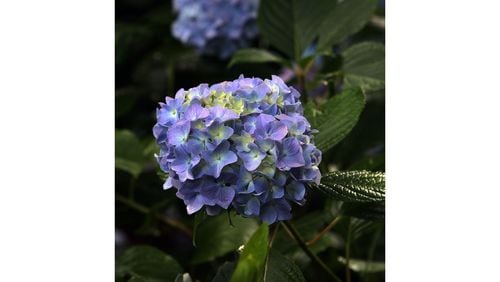Q: My Nikko Blue hydrangeas have blooms that are partially to fully brown from some sort of disease. The leaves are fine; only the blooms are affected, and soil pH is perfect. I have reached out to many experts with no answer. Anne Stanley, email
A: Your description is perfect for Botrytis blight. It’s an opportunistic fungus that attacks the weakest part of the plant first. That’s why your flowers are affected and not the leaves. But given a few more warm days and rain, the leaves will succumb and be covered in spots. Control involves paying close attention to sanitation. Remove affected flowers daily to prevent the disease from moving to the leaves. Products containing neem oil, potassium bicarbonate, Bacillus subtilis, or chlorothalonil are labeled for control of Botrytis.
Q: My friend only uses Epsom salt as a fertilizer on everything, inside and out. Her yard and house plants look great. Can I truly give up my fertilizer for this simple approach? Brooks Cunningham Dykes, email
A: No. Epsom salt is the common name for the chemical magnesium sulfate. The central atom in a chlorophyll molecule is magnesium, so plants definitely have a need for this element. Gardeners have heard for years that Epsom salt should be added to the soil to make plants healthier. However, if your soil has plenty of magnesium already, the Epsom salt won’t make much difference. The University of Georgia Soils Lab analyzed soil data for gardeners in Georgia. They found that 80% of the soils are adequate or high in magnesium content. In other words, most Georgia gardeners would find no benefit to applying Epsom salt. For those who need it, a tablespoon per gallon of water once each month is about right. If you want your soil tested for its magnesium level, go to georgiasoiltest.com.
Q: I have a large slope behind my house that is covered with junipers. Last year’s winter weather killed off a lot of the branches. This winter, more damage was done. Do you think the remaining junipers will recover and eventually hide the dead parts? Terry Peters, Cartersville
A: Depending on the size of the damaged areas, if you manage watering and fertilizing properly and winters are not severe, the brown area should be covered by green growth within five years. You can speed coverage by planting small junipers of that variety in the biggest brown areas.
Email Walter at [email protected]. Listen to his occasional garden comments on “Green and Growing with Ashley Frasca” Saturday mornings on 95.5 WSB. Visit his website, walterreeves.com, or join his Facebook page at bit.ly/georgiagardener for his latest tips.







